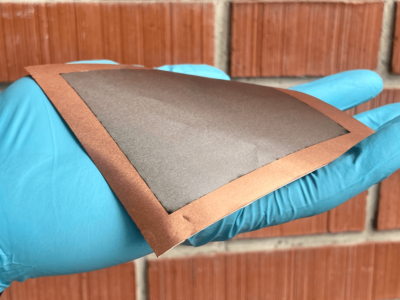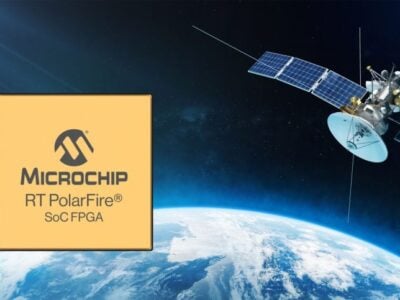
Printed perovskite solar cell tops 20% efficiency
Dr Hairen Tan and his team have cleared a critical manufacturing hurdle in the development of perovskite solar cells with a new printing process.
“Economies of scale have greatly reduced the cost of silicon manufacturing,” said Professor Ted Sargent, an expert in emerging solar technologies and the Canada Research Chair in Nanotechnology. “Perovskite solar cells can enable us to use techniques already established in the printing industry to produce solar cells at very low cost. Potentially, perovskites and silicon cells can be married to improve efficiency further, but only with advances in low-temperature processes.”
In order to generate electricity, electrons excited by solar energy must be extracted from the crystals so they can flow through a circuit. That extraction happens in a special layer called the electron selective layer (ESL) and this hasbeen holding back development.
“The most effective materials for making ESLs start as a powder and have to be baked at high temperatures, above 500 °C,” said Tan. “You can’t put that on top of a sheet of flexible plastic or on a fully fabricated silicon cell — it will just melt.”
Tan and his colleagues developed a new chemical reaction than enables them to grow an ESL made of nanoparticles in solution, directly on top of the electrode. While heat is still required, the process always stays below 150 °C.
The new nanoparticles are coated with a layer of chlorine atoms, which helps them bind to the perovskite layer on top for efficient extraction of electrons. This has produced a conversion efficiency of 20.1%.
“This is the best ever reported for low-temperature processing techniques,” said Tan. He adds that perovskite solar cells using the older, high-temperature method are only marginally better at 22.1 per cent, and even the best silicon solar cells can only reach 26.3 per cent.
Another advantage is stability. Many perovskite solar cells experience a severe drop in performance after only a few hours, but Tan’s cells retained more than 90 per cent of their efficiency even after 500 hours of use. “I think our new technique paves the way toward solving this problem,” said Tan.
This opens up possibilities for applications of perovskite solar cells, from smartphone covers that provide charging capabilities to solar-active tinted windows that offset building energy use. “With our low-temperature process, we could coat our perovskite cells directly on top of silicon without damaging the underlying material,” said Tan. “If a hybrid perovskite-silicon cell can push the efficiency up to 30 per cent or higher, it makes solar power a much better economic proposition.”
 If you enjoyed this article, you will like the following ones: don't miss them by subscribing to :
eeNews on Google News
If you enjoyed this article, you will like the following ones: don't miss them by subscribing to :
eeNews on Google News




